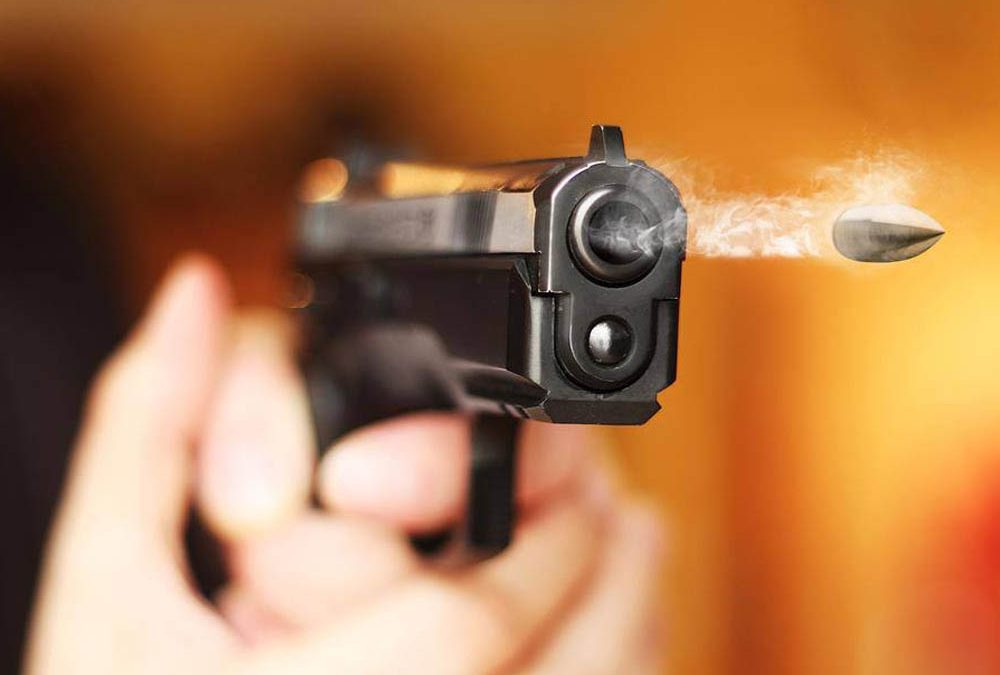Should “Gun-Fu” be Part of Your Training?
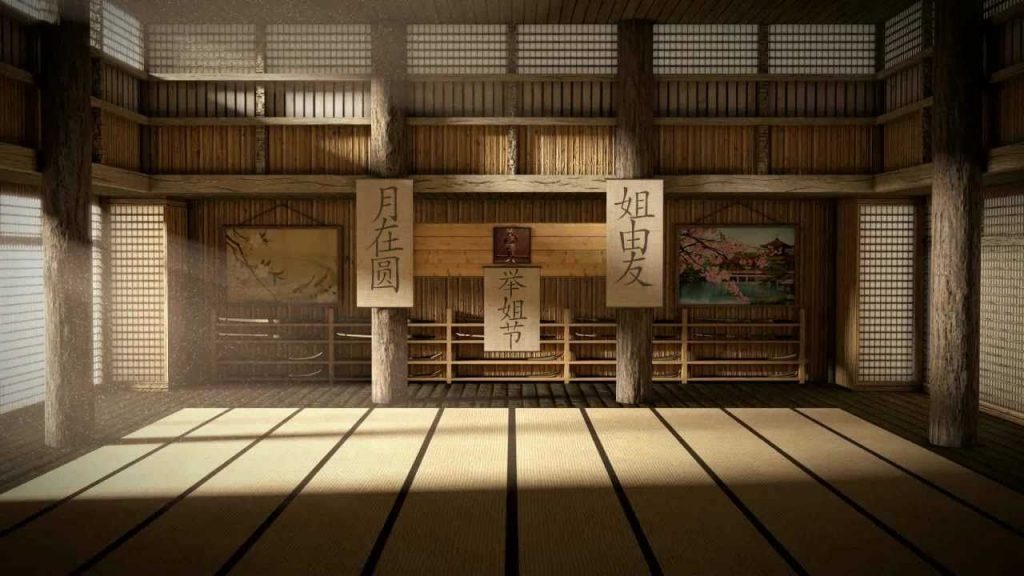
When I was a teenager, I became obsessed with all things Japanese. I loved bonsai trees. I longed to live in a house with shoji doors and an open courtyard. Most of all, I wanted a home dojo with tatami mats and a Katana that I knew how to draw and wield.
A sword duel seemed like the ultimate bad-ass “respectable” fight. I watched every ninja movie that I could – I grew up in the 80s. These were the halcyon days of guys running around in colored gis and using an assortment of ninja weapons in low-budget martial arts movies. It was a fantastic time to be a kid.
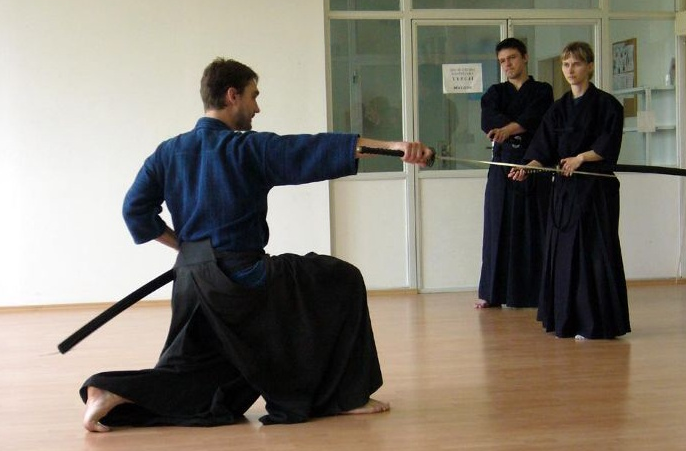
As I started my quest into the real world of martial arts, I experienced some classes that taught antiquated weapons. I studied at an Aikido school that used wooden Bokkens. These are wooden swords that resemble Katanas, but are missing the razor sharp blades. I told myself, “Well, we’re not actually using the “swards” to fight, so it’s still useful. We’re using them to improve our circular movement.
In another class, some of the more advanced students used metal swords to practice Iaidio. This is a martial art that teaches quick draws and awareness. It would be useful to know that if we could venture back to the Edo period in Japan, when guns were essentially outlawed.
I remember asking the instructor why we were learning to use long swords. He told me that there was little actual utility for self-defense. We were studying an ancient method of fighting. In my sarcastic mind, I was thinking, “So essentially I am on the road to becoming a very good LARPer.”
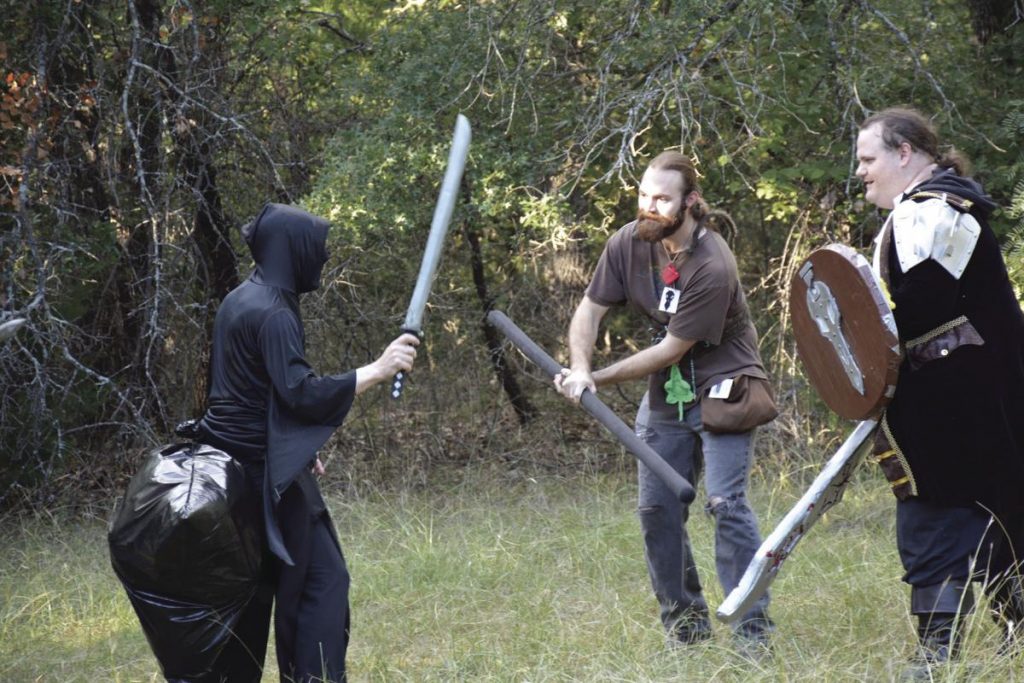
For those of you who aren’t familiar with the term LARPer, it stands for “Live Action Role Play” participant. Essentially, I was becoming a person who plays Dungeons and Dragons, or like one of those Civil War re-enactors.
As I stood in class, wearing my somewhat faded white gi and clutching my wooden sword, i then understood what the great Bruce Lee preached about in the 60s and 70s. Learn the useful skills from each form of fighting, and ignore the ones that are no longer effective.
Guru Bruce Ogle, the amazingly talented founder of the Indy Kali-Silat Association International, used to always say that, “All martial arts are the same.” He was right. A punch is a punch. It only works if you keep your wrist straight and properly align your arm, wrist, and hand. That’s true whether you practice Tae Kwon Do, Karate, Muay Thai, Silat, or any other form of fighting.
That being said, the question that often asked myself is, “If the purpose of martial arts is truly to learn the most effective self-defense techniques, why don’t we train with the most effective weapon that currently exists – the firearm?”
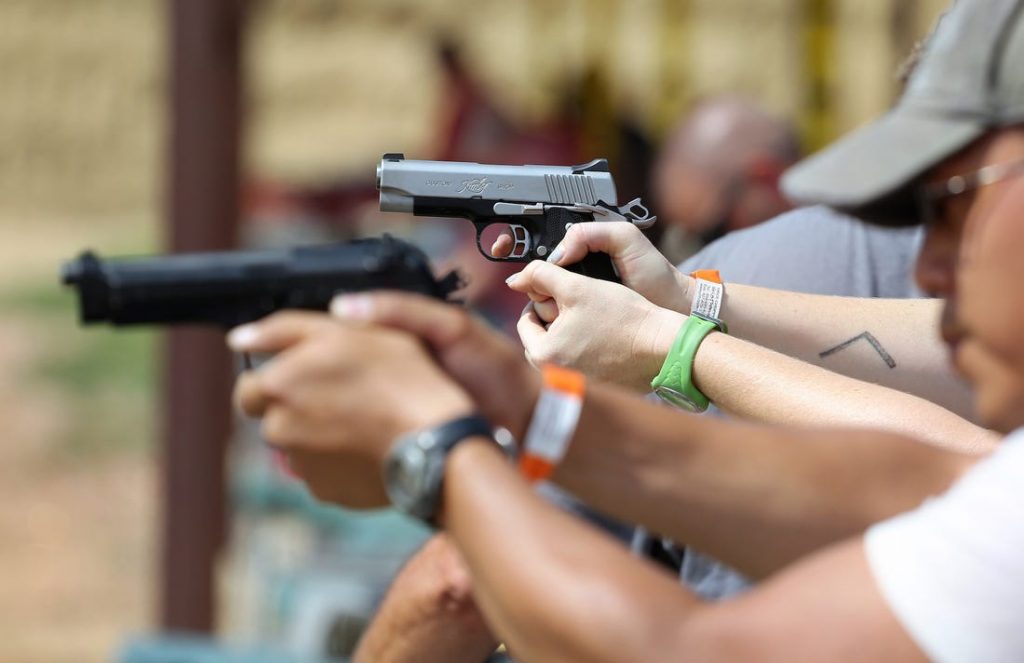
The correct answer is, of course, you should. So while I continued to study Silat, Kali, and Jeet Kune Do concepts, I added firearms technique classes and a lot of time at the shooting range to my training regime. Depending on what part of the world you live in, I would absolutely recommend you start actively training firearms on a regular basis.
One of the best aspects of martial arts training is that you have options when dealing with a threat. For instance, if your Uncle is drunk and belligerent at a family wedding, you don’t want to strike the guy in the face. You know restraining moves that would allow you to walk him out of a room and help him sober up.
On the other hand, if you’re travelling in a foreign country and don’t have access to your firearm, it’s nice to know how to fight using Escrima sticks or how to use your shirt or belt for self-defense (which you learn in Silat).
I believe that a good martial artist develops a virtual “toolbox” of techniques and skills over the years. That toolbox is far from complete without strong firearms skills.

